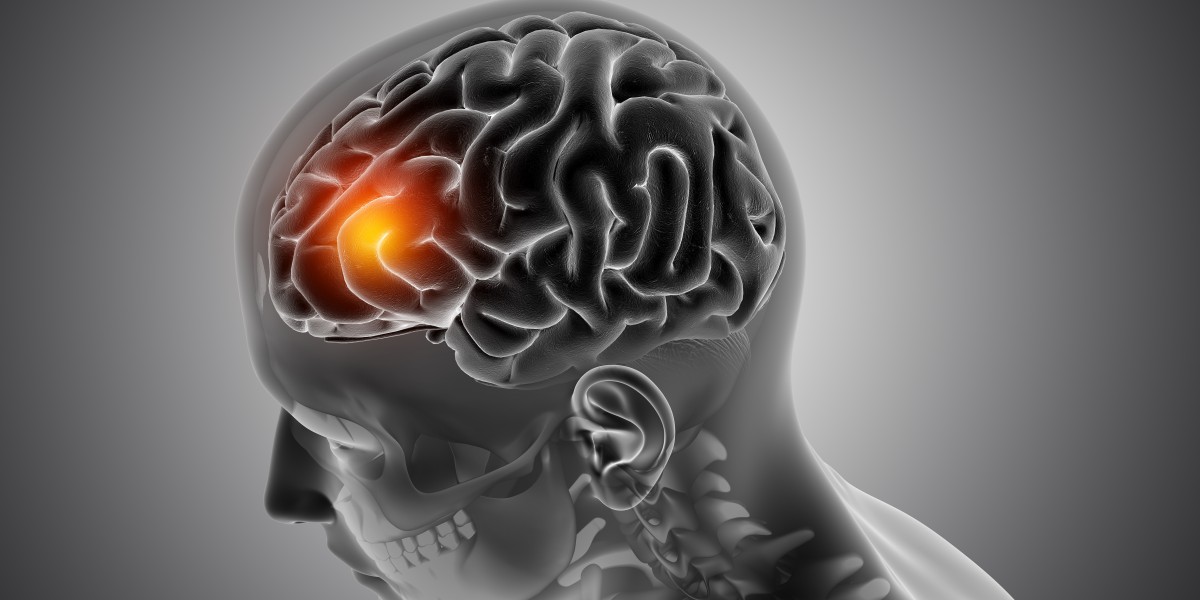Our brain works tirelessly every second — and to do so, it needs a steady supply of oxygenated blood. But what happens when the arteries carrying this blood become narrow? This condition, known as intracranial stenosis, can reduce blood flow to the brain, increasing the risk of stroke or other serious neurological problems.
Although it may sound daunting, intracranial stenosis can be managed effectively with early diagnosis, medical guidance, and healthy lifestyle choices.
What Exactly Is Intracranial Stenosis?
Intracranial stenosis occurs when one or more arteries inside the skull become narrowed due to plaque buildup. These arteries — such as the internal carotid, basilar, vertebral, and middle cerebral arteries — are responsible for transporting blood to essential parts of the brain.
When these arteries narrow, the brain receives less oxygen and nutrients, which can lead to temporary or long-lasting neurological damage if left untreated.
Causes Behind the Narrowing of Brain Arteries
The main cause of intracranial stenosis is atherosclerosis, a gradual process where cholesterol and fatty deposits accumulate inside artery walls. Over time, these deposits harden and make the arteries less flexible, reducing the flow of blood.
Several risk factors can accelerate this process, including:
Long-term high blood pressure
High cholesterol and triglycerides
Diabetes
Smoking and excessive alcohol consumption
Obesity and lack of physical activity
Genetic tendency toward vascular disease
Identifying and managing these risk factors plays a major role in preventing intracranial stenosis.
Warning Signs and Symptoms
In many cases, intracranial stenosis develops silently without early warning signs. However, as blood flow becomes severely restricted, symptoms may appear — often mimicking a stroke or mini-stroke (TIA).
Common signs to watch for include:
Sudden weakness or numbness on one side of the body
Trouble speaking or understanding language
Blurred or double vision
Sudden dizziness or loss of balance
Intense headache without a known reason
These symptoms should always be treated as medical emergencies. Quick treatment can help prevent major complications and permanent damage.
How Doctors Diagnose Intracranial Stenosis
Diagnosing intracranial stenosis involves a detailed neurological examination followed by imaging tests that visualize the blood vessels inside the brain.
Tests commonly used include:
MRI and MRA (Magnetic Resonance Angiography) to detect arterial narrowing
CT Angiography (CTA) for detailed cross-sectional views of the arteries
Cerebral Angiography to provide the most accurate assessment of blockages
These tests help determine how severe the narrowing is and guide doctors in planning the best treatment approach.
Treatment Options and Management
Treatment for intracranial stenosis focuses on improving blood flow to the brain and preventing stroke. The exact plan depends on how advanced the narrowing is and whether the patient has experienced any stroke-like symptoms.
1. Medical Therapy
Patients are usually prescribed medications such as antiplatelet drugs to prevent clot formation, cholesterol-lowering agents (statins), and antihypertensive medicines to keep blood pressure under control.
2. Lifestyle Modifications
Simple changes like quitting smoking, eating a balanced diet, exercising regularly, and managing stress can significantly improve vascular health and reduce risk.
3. Surgical or Interventional Procedures
In severe cases, doctors may recommend angioplasty or stent placement to open up the narrowed artery and restore normal blood circulation to the brain.
Preventing Intracranial Stenosis
While not all causes of intracranial stenosis can be avoided, most risk factors can be controlled. Regular health check-ups, maintaining healthy cholesterol and blood sugar levels, and following a heart-healthy lifestyle can reduce the risk substantially.
Prevention is always better than cure — especially when it comes to brain health.
Expert Neurological Care by Dr. Arvind Nanda
Dr. Arvind Nanda is a highly respected interventional neurologist, known for his precision, expertise, and patient-focused approach. With extensive experience in diagnosing and treating complex brain and vascular disorders, he has successfully managed numerous cases of intracranial stenosis, stroke, and other neurovascular conditions.
Dr. Nanda is committed to using the latest medical advancements and minimally invasive techniques to deliver the best possible outcomes. His calm and compassionate nature helps patients feel comfortable and confident throughout their treatment journey. Under his care, every patient receives individualized attention and evidence-based treatment designed for long-term neurological well-being.
Final Thoughts
Intracranial stenosis is a condition that requires awareness, early detection, and the right medical care. Recognizing the symptoms and seeking timely help from an expert neurologist can make a life-saving difference. With advanced treatment options and the expertise of specialists like Dr. Arvind Nanda, patients can manage the condition effectively and lead a healthier, safer life.






